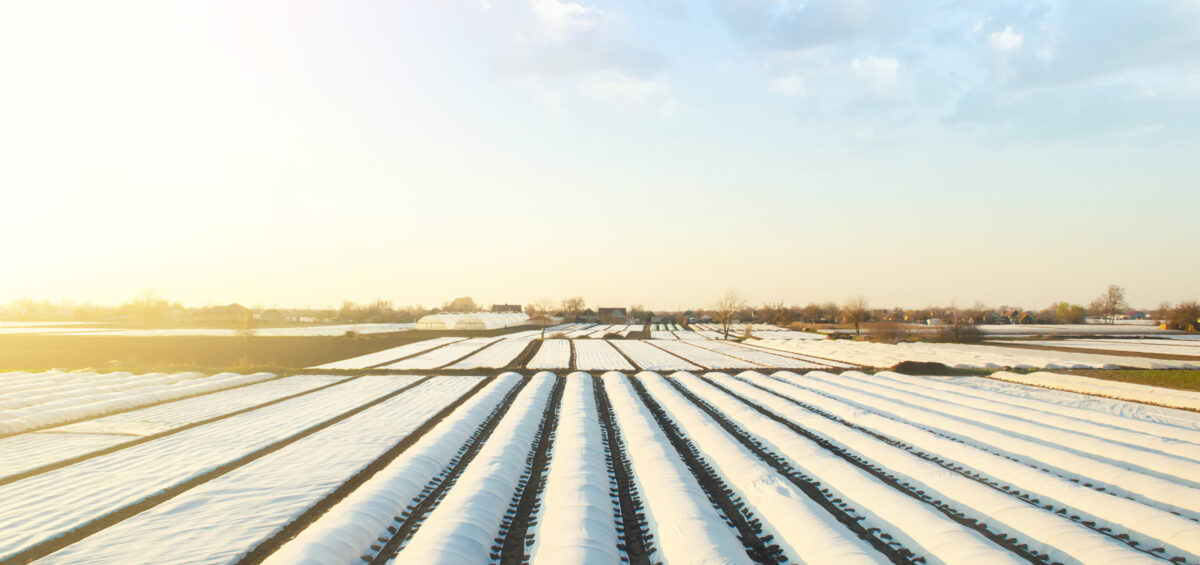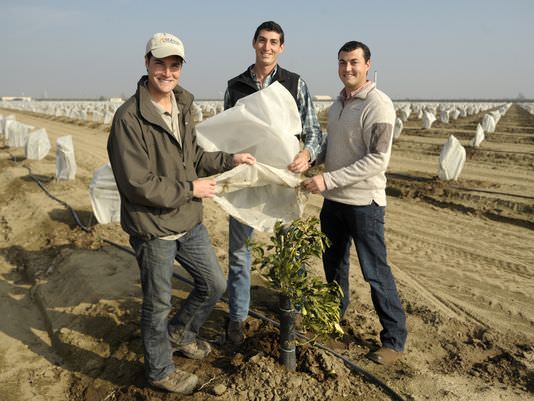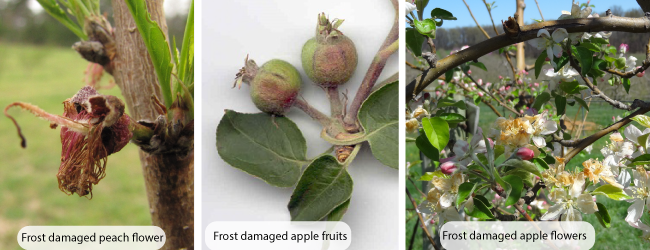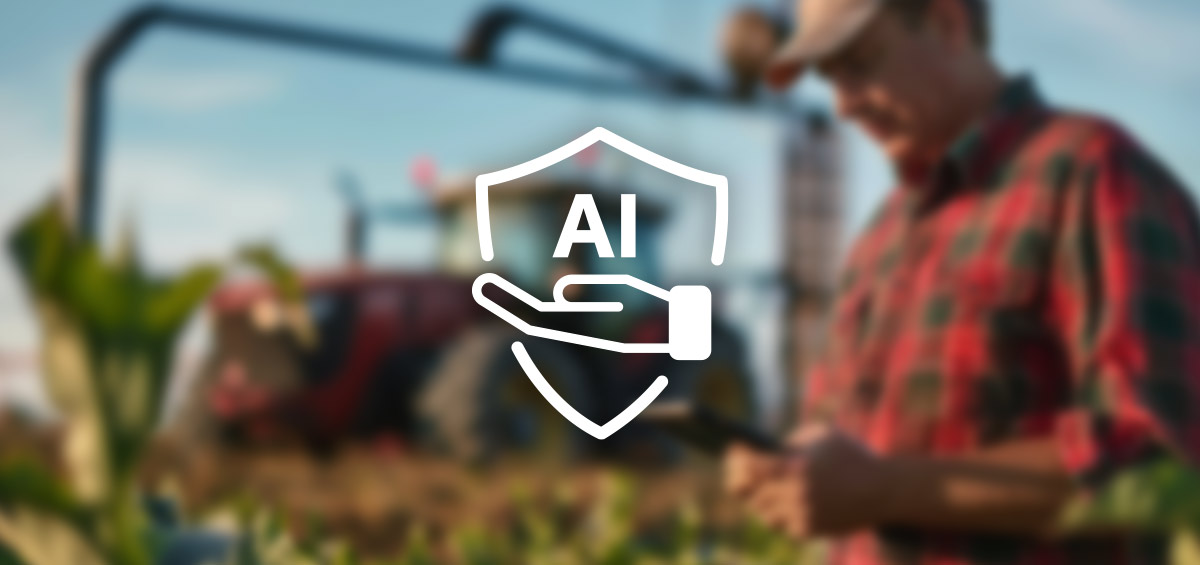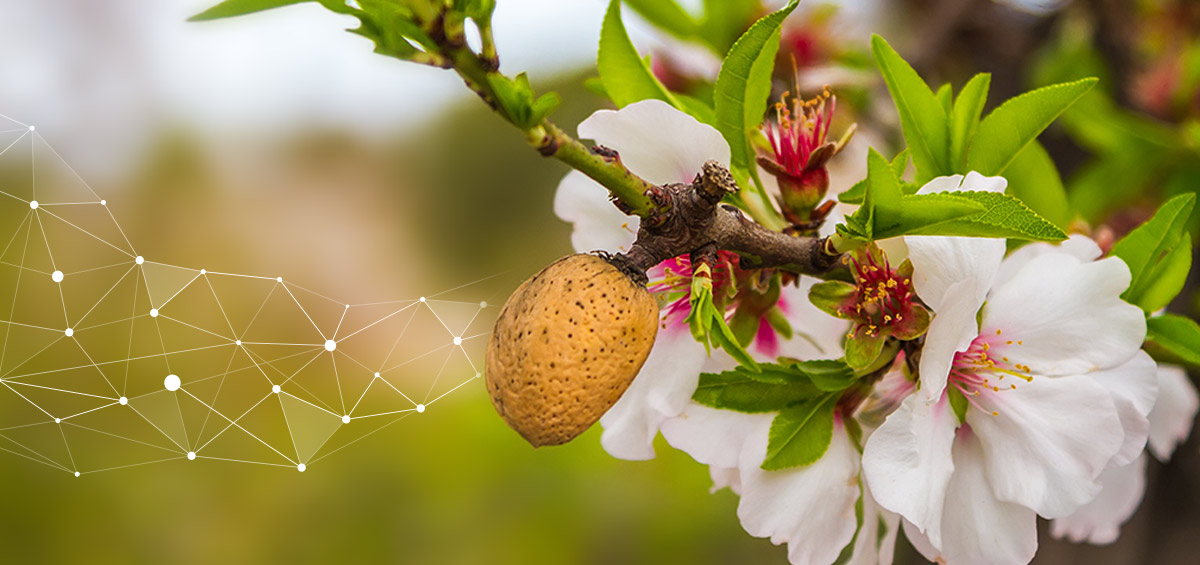What Causes the Frost?
Frost is the coating or deposit of ice that may form in humid air in cold conditions, usually overnight. In temperate climates, it most commonly appears as fragile white crystals or frozen dew drops near the ground, but in cold climates, it occurs in a greater variety of forms. Frost usually forms when a surface cools through loss of infrared radiation to a temperature which is colder than the dewpoint of the air next to the surface, and the temperature of that surface is below freezing (32°F or 0°C). The source of this moisture is water vapor contained in the air.
How to Prevent Frost Damage on Plants?
Typical measures to prevent frost or reduce its severity include:
- Deploying powerful blowers to simulate wind, thereby preventing the formation of accumulations of cold air
- Covering or wrapping of crops (high-value crops)
- Heating to slow the drop in temperature
- Production of smoke to reduce cooling by radiation
- Spraying crops with a layer of water that releases latent heat, preventing harmful freezing of the tissues of the plants that it coats.
Farmers are protecting citrus trees from frost
What to Do With Plants after the Frost?
Many plants can be damaged or killed by freezing temperatures or frost. This varies with the type of plant, the tissue exposed, and how low temperatures get: a “light frost” of −2 to 0 °C (28 to 32 °F) will damage fewer types of plants than a “hard frost” below −2 °C (28 °F). Even root vegetables and leafy greens can tolerate frost, they may be damaged once temperatures drop even lower (below −4 °C or 25 °F). Young shoots on fruit trees can not tolerate frost. The entire visible plant may turn completely brown until the spring warmth, or may drop all of its leaves and flowers, leaving the stem and stalk only. After frost has damaged plants, farmers manage faster plant recovery and new growth by using plant biostimulators. These products contain a high amount of amino acids which support the adoption of nutrients and all the biochemical and enzymatic processes in the plant, thus improving metabolic activity. With biostimulators plants can more easily survive all stress conditions for plant such as frost, low or high temperatures, hail or even drought.
Effects of plant biostimulators are:
- Promote an intensive growth of fruits
- Stimulate the synthesis of proteins (amino acids) and other precursors of hormones and enzymes, stimulating the metabolic activity of organs plants
- Stimulate physiological processes in the plant, such as; photosynthesis, respiration, amino acid synthesis, carbohydrate synthesis, nucleic acid synthesis
- Make an organic complex with nutritive elements and promotes their translocation within the plant.
Today, farmers can find a lot of products with biostimulationg effect on plants available on the market. They are applicable to various crops and farm production types. No matter which product they choose, they will manage to save their plants. Even you can not prevent frost fully, you can manage to save your plants and stimulate their faster recovery to save your future yield.
